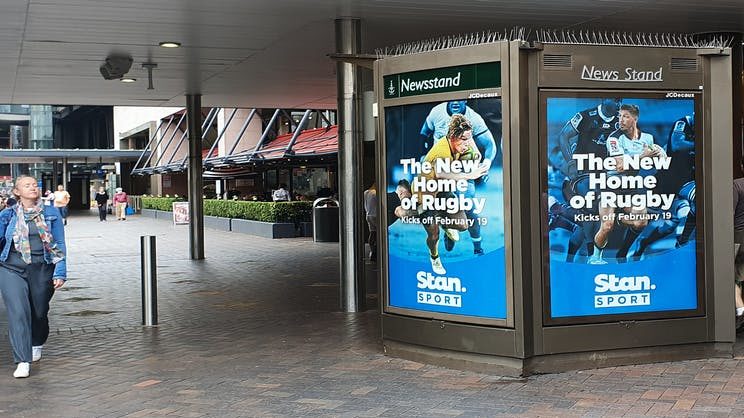Regardless of the rules, sport is fleeing free TV for pay, and it might be an avalanche
On the day of Stan Sport’s launch, Hunter Fujak addresses the trend of sports rights being handed to streaming services in this crossposting from The Conversation.
Netball Australia has signed a five-year deal it describes as “ground-breaking”.
Every game of every round of each year’s Super Netball competition will be broadcast live and ad-free on Foxtel platforms including its sports streaming app Kayo Sports.


